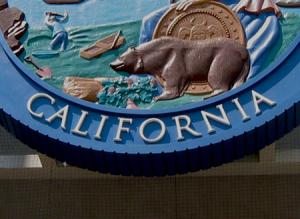Energy Efficiency Guidelines

Reiterating the important role that energy efficiency plays in attaining California's ambitious GHG reduction goals, the California Public Utilities Commission (PUC) set forth guidelines for the acquisition of energy efficiency from third parties.
According to the PUC, the guidelines were developed within the context of the rolling portfolio energy-efficiency plans overseen by utility program administrators. As described by the commission, a two-step solicitation process is to be utilized when a utility seeks the services of a third party in designing and implementing services as part of the utility's energy-efficiency portfolio.
- In the first stage, utilities must issue a request for an abstract (RFA).
- The second phase then involves a full and formal request for proposals (RFP).
The commission deemed the preliminary RFA to be a useful precursor to the actual RFP in that the RFA can help eliminate any bidders that clearly cannot perform to the level needed by the soliciting company.
The commission commented that it previously had determined that more and more energy-efficiency measures should be provided by third parties, in the belief that such a strategy will yield less expensive yet more effective energy-efficiency services.
It thus outlined a schedule by which the state's four largest investor-owned utilities — PG&E, SDG&E, SCE, and Southern California Gas Company — should obtain a growing share of their energy-efficiency projects from independent entities. Under that schedule, the four utilities are expected to use third parties for at least 25% of their energyefficiency portfolios by December 31, 2018.
That proportion is to rise to 40% by year-end 2020. Two years later, by the end of 2022, third-party energy-efficiency measures must account for 60% of the companies' energy-efficiency programs. The commission noted that the instant order is but a preliminary one that provides notice of the general sequencing of energy-efficiency solicitations for the next few years.
It stated that more definitive guidance will be offered once the utilities' associated business plans have been filed and examined by the commission. Re Southern California Edison Co. et al., Decision 18-01- 004, Applications 17-01-013 et al., Jan. 11, 2018 (Cal.P.U.C.).



